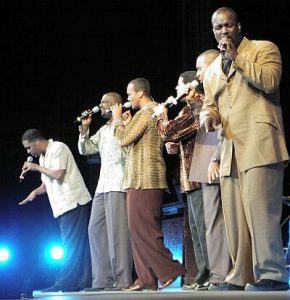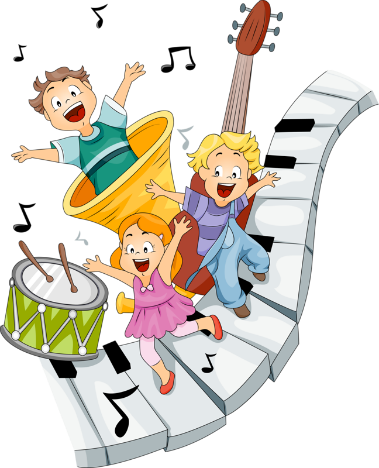Prelude
 Prelude – a short piece of music that does not have a strict form. During the birth of the prelude, always preceded the longer, more complex and strictly designed work (hence the name), but later composers began to write preludes and as independent works. Ostinato is often found in preludes, in general, preludes are similar to improvisation in style.
Prelude – a short piece of music that does not have a strict form. During the birth of the prelude, always preceded the longer, more complex and strictly designed work (hence the name), but later composers began to write preludes and as independent works. Ostinato is often found in preludes, in general, preludes are similar to improvisation in style.
Prelude is an old genre and at the same time unusually sensitive to the latest requirements of the time, allowing many author decisions and interpretations. Its fate is unusual: having arisen in the XV century, the very word “prelude” repeatedly changed its meaning. Initially, a small instrumental introduction to a composition was sometimes indicated, sometimes written in advance, but most often improvised directly during the performance. Not constrained by strict rules, it prepared the mood of the future play and at the same time allowed the performer to demonstrate ingenuity and masterly skill.
The improvisation, as well as the dominance of such an image and a single, purely figurative type of texture characteristic of such introductions, were preserved even when various introductory plays in the French opera and suite became the prelude. They are preserved in the preludes of the 18th century, which became an independent instrumental genre. At the same time, a steady two-part cycle of foreplay and fugue developed in the work of JS Bach.
In it, the free-running musical thought of the prelude contrasts with the precise organization of the material in the fugue, subject to strict laws. Bach’s “The Well-Tempered Clavier” (48 Preludes and Fugues) became a genuine encyclopedia of various types of preludes. Scherzo and tokatny, solemn and mournful, dancing and focused on thinking about the most serious problems of being, it seems that all areas of content are accessible to them.
Sensitively catching this, composers of subsequent generations went even further along the path discovered by Bach. In their music, along with the preservation of the “pair” (prelude-fugue) and even the “big” (24 preludes and fugues) polyphonic cycle (in the 20th century, Soviet composers also turn to it – D. D. Shostakovich, R. K. Shchedrin), began to occur and the cycles of some preludes.
This, essentially, the “rebirth” of the prelude genre occurred in the work of F. Chopin, who revealed the inexhaustible expressive possibilities of instrumental (in particular, piano) miniature.
The world of Chopin’s preludes amazes with the richness of poetic experiences, the unexpectedness of emotional contrasts, the uniqueness and integrity of each image captured in them. Together making a harmonious, harmonious whole, all 24 preludes are so perfect that they can be completely performed as independent, complete plays. Later on, the prelude genre was significantly developed in the music of Russian composers – A.K. Lyadov, A.N. Skryabin, S.V. Rakhmaninov. These composers brought their own national identity to his understanding. And dreamy, refined, full of daring impulses and nagging prelude of Scriabin, and more large-scale concert, causing visible, picture associations of Rachmaninov’s prelude, so dissimilar to each other, became a capacious expression of the mood of their era. The same qualities are inherent in Shostakovich’s sharply characterized preludes.
“The Well-Tempered Clavier” influenced almost all the significant composers of subsequent eras, many of them wrote their cycles from 12 or 24 preludes, which were arranged, as in Bach, in tonalities. Frederic Chopin wrote a cycle of 24 preludes without fugues (Op. 28), thus freeing the prelude from its original purpose of the introductory play. Since then, many composers have written preludes as independent works: two volumes of Claude Debussy’s impressionist preludes have had a particularly great influence on subsequent composers.
The form of preludes was also used by some composers of the 20th century, when they composed “suites” inspired by Baroque music. Such were the preludes of Maurice Ravel (cycle “The Grave of Couperin”, 1914-1917) and Arnold Schoenberg (Suite for Piano Op. 25, 1921-1923).



